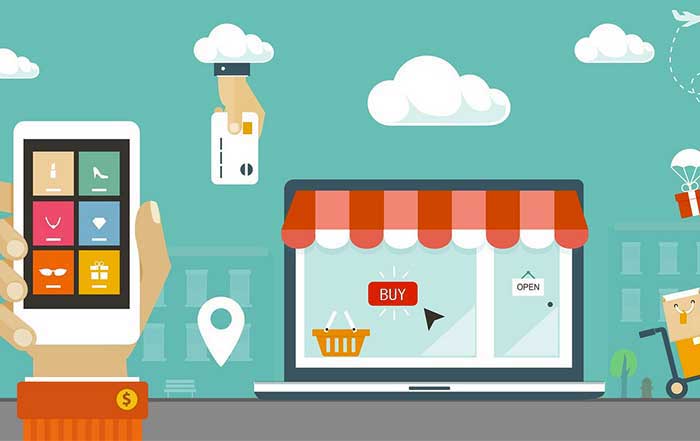Without a doubt, the coronavirus pandemic has slowed down economic growth in the United States and globally. In 2020, business activities countrywide slowed down due to the lockdown measures. Notably, the country's GDP dropped by more than 8%, which has been the country's worst, dating back to 1945. According to experts, unemployment rates will increase by as much as 50% this year as the economy continues to recover. As the vaccine is released into the market, these numbers could rise phenomenally.
Lower interest rates
The government has put in place interest caps to ensure loan interest rates remain low and accessible to businesses to spur economic activity. The Federal Open Market Committee stipulated that the interest rates' capping will stay at 1%, and this will last- at least- until 2023 until the country's inflation rates hit 2%. Further, through quantitative easing, the government announced US treasury bonds purchasing to spur more lending and investment activities around the country.
Higher Oil and Gas prices in the country
Crude oil and gas prices will increase by $6 to $49 per barrel as compared to 2020 prices. Statistics from the Energy Information Administration (EIA) suggest that, as the economy reopens and economic activity begins to spur, the oil demand will rise significantly. This demand might contribute to a considerable price rise. Generally, due to the pandemic, commuting to work may have reduced as more people embraced working from home. However, demand for fuel in the aviation industry will push this demand upwards, with expected levels getting significantly higher in 2021 compared to 2020.
Ecommerce growth
Ecommerce growth is expected to increase this year-the pandemic has made this increase possible. Projections show that about 16% of the goods are bought online from e-commerce sites such as Amazon and Alibaba. Stores' sales have, on the other hand, experienced a decline in sales, as more people have become dependent on online shopping. Also, online grocery shopping experienced a 50% growth, and this has been the most significant jump in any sector in the consumer goods category. More people will continue to use online e-commerce platforms this year, which will provide jobs for cadres like delivery drivers.
Developed Healthcare
The healthcare industry has proved to be critical, especially with the Covid-19 pandemic, which-ironically- exposed the industry's weakness. With the vaccine hitting the market soon, the healthcare industry will have to get streamlined to distribute this vaccine effectively. Further, the pharmaceutical industry will play an essential role in the success or failure of this vaccine. Contingent plans will have to be in place to ensure the healthcare industry can handle the ongoing pandemic while ensuring the new vaccine gets administered to citizens.
Increased inflation Levels
Some analysts expect inflation in the country will rise, with others predicting a 2% high in the coming months. The pandemic has significantly slowed business activity- this contributes to the expected high inflation rate. Most businesses slowed down in 2020, and others completely closed due to low demand. The hospitality industry got hit the most, with hotel prices falling by over 10% and airline prices falling by a whopping 25%.
Lockdown measures, if upheld, would make the coming months more challenging, and inflation will rise as commodity prices continue to grow. Businesses will have to raise their prices, even as the vaccine presents an opportunity for the country to reopen fully. The fiscal stimulus might-ultimately- lead to higher inflation, as the dollar's stability takes a hit.
Rethinking of the manufacturing industry
The pandemic has made many industries rethink how they operate, and the manufacturing industry is no different. The lockdown crippled the manufacturing industry. Why? It's mostly labor-intensive. Manufacturing firms now have to rethink ways to implement technology to enhance reliability and efficiency. Robotics and computer-aided designs will-likely-begin to be more complemented by businesses.
Collaborations between manufacturing firms and technological entities should become a new norm, as companies realize how labor-intensive designs can be fatal, especially in situations like the ongoing pandemic. Also, an increase in the demand for products and services has made the manufacturing industry experience some growth. This growth can be useful for the industrial development momentum. Notably, human resource restructuring is now a huge factor in minimizing costs as many businesses experienced massive losses due to the pandemic.

